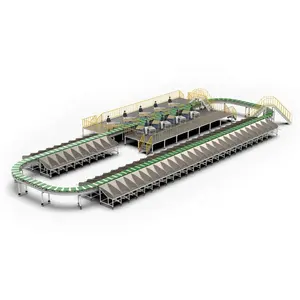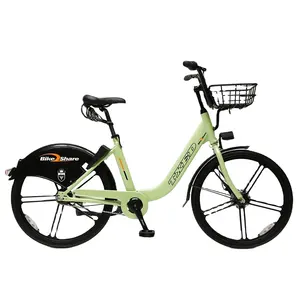Understanding Delivery Cycles
The concept of a delivery cycle is pivotal in the logistics and transportation sectors, referring to the complete process from order placement to the final delivery of products. This term encompasses various modes of transportation, with a significant focus on efficiency and timeliness to meet the demands of businesses and consumers alike.
Types of Delivery Cycles
Delivery cycles can vary greatly depending on the vehicle and method used. In urban settings, a cycle for delivery is often employed due to its agility and eco-friendly nature. These cycles come in different forms, such as electric city bikes, hybrid bikes, and road bikes, each designed to cater to specific delivery needs and environments.
Materials and Features
The materials used in these delivery vehicles range from sturdy steel to lightweight aluminum alloys, ensuring durability and ease of maneuverability. The choice of material significantly influences the delivery cycle time, impacting overall efficiency. Additionally, the type of battery, whether lithium or lead-acid, plays a crucial role in the range and sustainability of electric delivery cycles.
Braking Systems and Motor Placement
Safety and control are paramount in delivery operations, with various braking systems like disc brakes, V brakes, and front and rear drum types being integral to these cycles. The placement of the motor, whether in the rear hub, front hub, or centrally located, affects the balance and power distribution of the cycle delivery vehicle, which in turn can influence the product delivery cycle.
Applications of Delivery Cycles
The application of delivery cycles is diverse, ranging from small-scale local businesses to larger corporate entities that require a reliable delivery on cycle system. These cycles are not just limited to product deliveries but are also an essential part of the project delivery cycle, where time-sensitive documents and materials need to be transported swiftly.
Advantages of Using Delivery Cycles
Opting for a delivery by cycle approach offers numerous advantages such as reduced carbon footprint, accessibility in congested areas, and often, a more cost-effective solution compared to motorized vehicles. The adaptability of delivery cycles to various urban landscapes makes them an increasingly popular choice for businesses aiming to enhance their delivery efficiency.









































 浙公网安备 33010002000092号
浙公网安备 33010002000092号 浙B2-20120091-4
浙B2-20120091-4